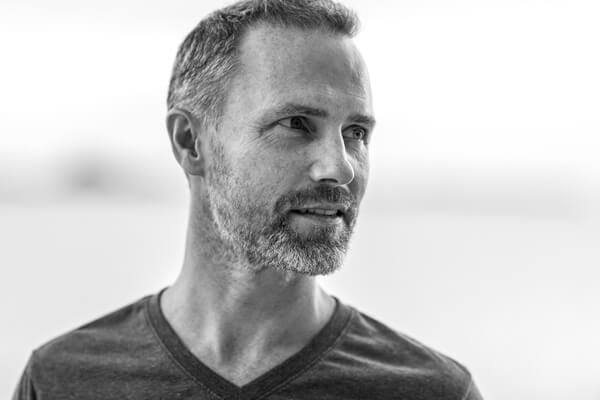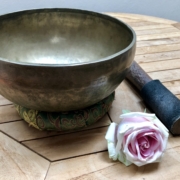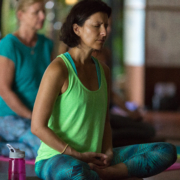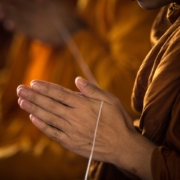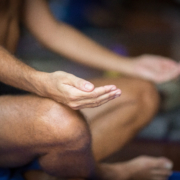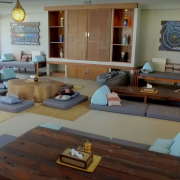 https://samahitaretreat.com/wp-content/uploads/2024/03/DJI_20231220135922_0003_D-scaled.jpg
1920
2560
Kirsten Mia
http://samahitaretreat.com/wp-content/uploads/2024/01/samahita-logo-v2.svg
Kirsten Mia2024-03-20 15:30:592024-03-20 15:30:59Travel, explore, be curious!
https://samahitaretreat.com/wp-content/uploads/2024/03/DJI_20231220135922_0003_D-scaled.jpg
1920
2560
Kirsten Mia
http://samahitaretreat.com/wp-content/uploads/2024/01/samahita-logo-v2.svg
Kirsten Mia2024-03-20 15:30:592024-03-20 15:30:59Travel, explore, be curious!Decisions, decisions, decisions – Fear, Passion or Purpose
Our conditioning runs deep. Both from the prior influences on a life and the processed experiences throughout a life. Whether you term that genetic and epigenetic factors with social inputs on various scales or you prefer to see past life karma present in the current life with the addition of how you respond to the various inputs.
What happens when you are presented with choices, questions of what to do now or next in life, dreams you’d like to convert to actualities? What do you do? How do you respond? What is the initial trigger?
Fear is often present and if used as the driving force results in either aggression or disappointment later.
Passion may cause one to immediately jump in and make a decision from limited inputs, often fixed in a self-centeredness undercurrent.
Purpose, married to clarity, with an understanding of what to do, why, and when, with how much effort, and a keeping-on keeping-on (KO-KO), that fully accounts for others, but respects the limitations and how much one can do for others, at least now.
These essentially align with the explanation of the gunas, materiality’s component qualities, of Tamas, Rajas, and Sattva.
One can expect tamas and rajas in all decisions, fear and passion, up and down. Sattva is aligned with buddhi, or that aspect of intelligence that ’sees’ and ‘understands’. Such intelligence is the base of compassion. Without it aggression and/or selfishness lie within a response.
Unfortunately we see the worldly cost of such approaches today where innocent civilians pay the price for country leadership devoid of Sattva, an approach that is blind to the plight and nature of others, worse, does not even care, worse, does not even relate to them as fellow humans.
Unfortunately this may play out in our own small, little lives, in much closer quarters, in our intimate circle. Can we look at ourselves? To reflect encourages buddhi (intelligence of insight) and cultivates Sattva (clarity to insight). Basically, this higher potential within human intelligence can be accessed and used more often.
Fortunately, this is possible. The overall aim within the Process of Yoga is to develop such insight, such intelligence, such understanding, such clarity. Therefore, what defines it as a yogic/meditative practice is its nature to internalize and cultivate insight.
You need to participate in that process. To do so a degree of understanding is required. Initially in what to, importantly in how to do, and exceptionally in the continuity.
To assume “I got it”, “I know this”, “I already understand” is part of the trick. Putin and Assad are very certain on their actions that result in many lives destroyed. Reflection is skewed at best, absent at worst.
But what do we do? Any practice that is a yogic practice by definition develops Buddhi, to cultivate insight, to leave us in a more Sattvic condition that we present to the world, how we handle situations and treat others.
WHAT you practice can vary along the mental-to-physical spectrum. HOW you practice determines where the emphasis goes. To leave you following fear, to jump on the passion wagon, or often a mixed bag of fear-passion, or to see purpose in what and why you do.
This is not easy. It is easy to slip sideways of this. Forget why you keep doing something each morning that has a name tag on it as yoga or meditation, but has become mechanical before eventually wilting away.
As an analogy, if you take a dirty car through one of those mechanical car washes and it comes out similarly dirty we discover that the illusion of moving and engaging in something was present but the effect bypassed us. Why? It is actually ONLY in your hands. You can get good advice. But what are you doing and how are you doing it?
Fortunately, it is possible. A yogic practice by design is Sattvic-oriented, Buddhi-enhancing. To breathe slow with inner focus automatically delivers this. To cultivate it you need to understand this, do it, continue to stay in it and do it. Frustration, boredom, and more will happily come to take you away.
Purpose is greater than passion and overcomes fear. Neither are eliminated, nor should they be. But which one is the driving force? Though understanding, clarity and insight purpose is present.
Hence, you may regularly practice a breath, (body, or mind) routine. It can stay as a form of breathing with particular physical outcomes or the same action can be converted to an inner experience that leads to Sattvic cultivation. How? First, know the nature of the technique being done, as by definition to be a yogic technique it would cultivate an inner direction. Second, you must place your inner focus both with the technique and its effective zone in the body (navel, heart, or brain), beyond the technicalities, feeling it, in it, that leads to a different experience, a possibility of transformation. Do you really know what to do? But are you really in it, with it, engaged?
I would advise not to answer “yes” to that, not yet anyway. Passion would answer and mislead. Neither answer “no”. Look more carefully at it. By doing so it is self-fulfilling. The moment we think we’ve got it then we lose it. So by continually checking in to be with it you remain engaged.
The purpose behind all this is not to churn out better breathers, body poses, or mental attentiveness. At best those might be collateral benefits if done well. Rather, it is to aid this inner transformation. Not a quick process. But it does lead to an alteration in, we may say prosocial, behavior.
For that to happen you have to want to engage in it. You have to do it. And do it regularly, engaged in it.
Unfortunately, those we find in power who can affect the material quality of many human beings do not want to engage in this. So fear and aggression triumph over purpose and compassion.
But that should not deter us. Be in it. Reflect. Let it touch your heart. Whatever you are practicing – introspection, reflection, breathing, chanting, body-posture, all of them, and more. Sattva builds over time. 20 years out of 80 or more years is nothing. Don’t wait. The world needs it. Be in for the “long game”. But something needs to be cultivated. Don’t wait for random development.
This is one way to give back, help, without anyone even noticing or acknowledging you for it. Humility and great effort have a huge impact. Often unseen.
Let’s do this together.
Dr. Paul Dallaghan’s expertise with breathwork, body and meditative practices comes from three sources: (1) three decades of daily dedicated practice and teaching these techniques; (2) uniquely acknowledged in the Yoga tradition by the title of “Master Yogi-Prānācharya (expert in breath)”, following an immersion in the original culture through one-on-one direct training in practice and study of ancient texts; (3) a PhD in doctoral scientific research at a leading US university (Emory) covering both the tradition and science of yoga and breath practices in terms of stress, health and aging. As a result, Paul occupies a unique space to impart genuine teaching and science on the breath, body, and meditative practices, seen as a Teacher-of-teachers and identified to carry on the tradition of Pranayama. His sincere and ongoing role is to teach, write and research, to help put out experienced and authentic information on these areas of how we live, breathe and be, to help people improve their mental and physical health, and live more fulfilling lives.
For more on his background see his bio

